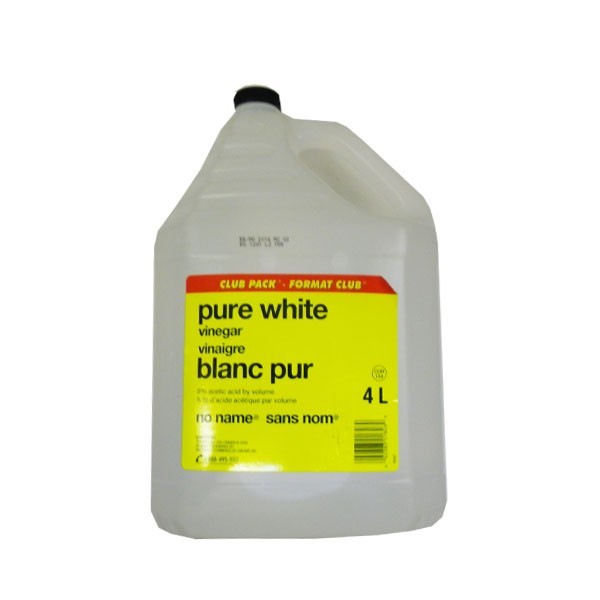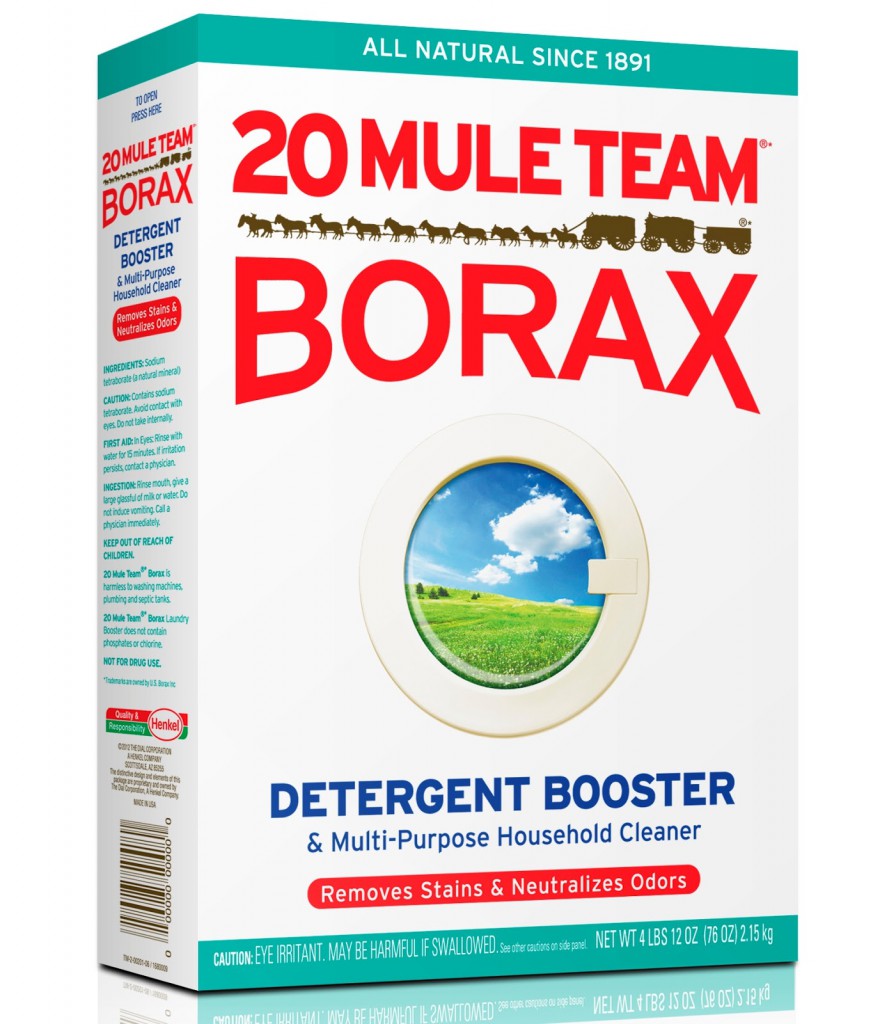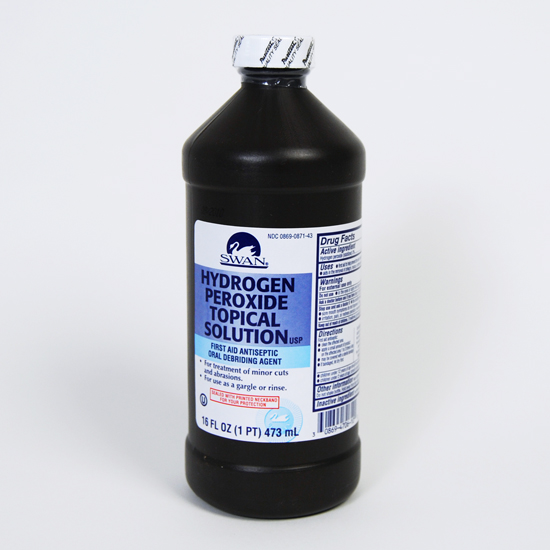Earth Week Tips – Part II
GoDay.ca | Payday Loans Online
It’s spring cleaning time!
Aaahhhhhh – the first day that you’re able to open your windows and let the season’s fresh air waft through your home is like no other. If you want to get all of the winter muck and grime out in time for summer, you don’t have to resort to using harsh chemicals that can damage your skin, your eyes or more. If you have children in the house, you might think you really need that whole jug of bleach. Rest assured, all of the following recipes are not only effective cleaners and disinfectants, but also as cheap, if not cheaper, than the bottles you have under your sink right now.
Let’s review our list of cheap & eco-friendly home-cleaning staples and why they made the list:
There are over 25 different kinds of vinegar in the world, so we definitely have to point out that when it comes to cleaning, white vinegar (or sometimes called “distilled” vinegar) is the acidic liquid of choice. Vinegars are produced by the fermentation of ethanol by acetic acid bacteria and can take anywhere from 20 hours to 3 days to produce (in conventional methods). It is the acidic properties of vinegar that make it such an efficient cleanser. While vinegar can be used in baking, cooking and cleaning, it also has many industrial uses. It is water soluble, making it gentler on the environment and your hands! While breathing vinegar fumes may, at best, be unpleasant or smelly, it is no where near as toxic as harsher products on the market today.
Uses for White Vinegar (may include other products on the list):
All Purpose Cleaner
For Stainless Steel/Glass/Laminate Surfaces mix 2 parts water with 1 part vinegar and 1-2 drops of dishwashing liquid.
Remove Cigarette Smoke/Smoke Odour
Place 3/4 bowl of white vinegar where the odour is the strongest. Use many bowls if the scent is all over your house. If you need to urgently remove the smell, mix 1 part vinegar and 1 part water into a spray bottle with a fine-mist nozzle and spray into the air.
Unclog and de-stinkify your drains
Smelly drains have a million causes, but when vinegar mixes with baking soda and boiling water, you have a powerful cleansing formula. Use a funnel to pour 1/2 cups of baking soda followed by 1 cup vinegar into your drain. There should be foaming or sizzling – when that stops, flush with boiling water (from a kettle or pot). Wait about 3-5 minutes and flush with cold water. If the drain is still super slow, pour 1/2 table salt followed by 2 cups of boiled vinegar (this will get smelly!). Flush this solution with hot and then cold water.
Remove glue from stickers
Saturate a sponge with vinegar and place the sponge onto the item that needs the sticky-stuff removed. Scrape the glue with a gentle plastic tool like a plastic paint scraper or even an old bank card.
Freshen up a musty basement
Same rule as removing the smoke smell as top #1, but you’ll need way, way more. If you have the time, wash your basement walls with a solution of 1 part vinegar to 1/4 part baking soda in 2 parts water. Leave a bowl with the mixture from tip #1 in the room and, if needed, spray the air with the mixture. For a powerful air-freshening mix, see Tea Tree Oil below.
Remove Carpet Stains
Mix 1/2 cup white vinegar with 2 tbsp of salt. Let it dissolve then rub into the stain (this works on light stains). Let dry and then vacuum it up.
For larger or more intense stains, add 2 tbsp of Borax (see below) to the mixture and rub/dry/vacuum.
Remove water rings on wood furniture
Mix equal parts vinegar and olive oil. Apply with a gentle cloth and rub in the pattern of the grain. Use another cloth to shine. This method also works on leather furniture, but only use vinegar.
On the note of leather furniture…
Has your prized furniture lost it’s lustre or need cleaning? Mix equal parts of vinegar and linseed oil in a spray bottle and spray it evenly over your furniture. Rub it in gently with a cloth and give it a few minutes to soak in and pull out the dirt. Remove the solution with a clean cloth and shine it dry.
Use it in your laundry
1 cup of vinegar in your wash will not only kill any bacteria in the load, but it will also keep them soft and smelling fresh & keep whites bright and crisp. If you add another cup to the rinse cycle, your clothes should be lint-free. Used in a cycle for newly-dyed fabrics or new clothes, vinegar will set the colour so it doesn’t run. If your clothes have that “new” smell to them that often doesn’t come out in the first wash, a cup of vinegar in the load will do this, too!
And, on the note of washing machines…
Clean out scum and disinfect your washing machine by pouring in 2 cups of vinegar and run the machine through a full cycle without clothes. If your washer is super dirty, fill with hot waster and add 7 litres of vinegar (just under 2 big bottles) and run for about 15 minutes. Turn OFF the washer and let this solution sit overnight. Drain the tub the next day and run a cycle without clothes.
Remove deodorant stains on white shirts
There’s nothing worse than raising your hands in the air like you just don’t care only to realize your white shirt has some gnarly yellowish stains under the arm. Remove this nonsense by soaking your shirt overnight in a sink full of warm water with 2 cups vinegar added. Wash them properly the next morning with detergent. If the stain is particularly bad, rub baking soda into the stain and let sit before soaking.
Wash the inside of your fridge and defrosted freezer with vinegar and water
Use equal parts vinegar and water on a sponge or cloth when cleaning your fridge doors, gaskets and bins. If you want to prevent mildew, use pure vinegar on a cloth and wipe down.
Disinfect Stuff
Keep your kitchen counters and cutting boards clean of salmonella and staph germs by wiping them down with pure vinegar. The acetic acid in vinegar is a powerful disinfectant
Clean and disinfect other stuff in the kitchen
Clean your coffee pot, tea kettles & stove-tops with vinegar and water solutions. Keep your tea kettles and coffee pots scum and mineral deposit-free by boiling water and vinegar in them on a monthly basis.
Baking Soda
Baking soda is the alkaline component of baking powder, and is the source of carbon dioxide. Baking soda, like vinegar, can be used in a multitude of ways; it can be fast acting or slow and can be used to clean out stains or prevent them.
Stop a grease fire
Put out grease fires by sprinkling them with baking soda – really.
Freshen your carpet with baking soda.
Sprinkle evenly on the carpet that needs refreshening and let sit for 15-30 minutes. Let sit longer or make the layer thicker for particularly smelly carpets. Vacuum deeply. Clean out your vacuum basket, bag or central vac bucket immediately.
Clean silver with a baking soda paste.
Mix 3 parts baking soda to one part water. Rub the paste onto your silver items and rinse with warm water. Dry immediately with a cloth.
Freshen your Fridge & Garbage Bin
Keeping a box of baking soda in your fridge and freezer will help keep it smelling crisp and fresh – even if something went bad in there! Change the box every month or so. But don’t throw that baking soda away! You can use it in your garbage bin, specifically right onto your wet/organics waste to absorb nasty smells.
Clean your hairbrushes
Soak hairbrushes in 3 cups water, 1 cup baking soda to clean out product debris.
Stain preventer
Regardless of what you might spill on your carpet, throw baking soda on it IMMEDIATELY. It will rapidly soak up the liquid. Vacuum it up as soon as it’s dry. There may be a little stain remaining but nothing compared to what it would be if you just threw a towel on it.
Outdoors
Clean your outdoor lawn furniture with baking soda and remove burnt on food on the bbq with a baking soda/water paste.
Like vinegar, baking soda can be used in many other ways as a deodorizer.
Borax
Borax is a remarkable white compound that is colourless and almost odourless. It’s a foundational element in many detergents and is also used as a fire retardant.
Use Borax as an All-Purpose Cleaner
Mix 2 tbsp of borax and 2 cups of hot water in a spray bottle. It’s that simple.
Clean your toilet
Dissolve 1/2 cup of borax with 3 litres of water. Pour into your toilet and let it sit. Scrub with a strong brush. If you want your toilet to sparkle and shine and stay clean after your borax treatment, pop a hole in a jug of vinegar and place in your water tank! It will help combat mineral deposits and keep your bowl clean.
Unclog Drains
Mix 1/2 cup borax with 2 cups of boiling hot water. Let it stand for about 20 minutes and run hot water down the drain for a few minutes to flush it out.
Get rid of ants & roaches in the home
Sprinkle an equal mix of borax and sugar in infested areas. It *will* kill them so be ready to clean up the mess.
Floor Cleaner
Mix 1/3 cup borax and 1 tsp dishwashing liquid into 7 litres (1 bucket) of water. As it evaporates, the air in your home will also be re-freshened!
The Bed Bugs Biting?
Sprinkle borax on your mattress and let it sit for 20 minutes. Vacuum it up and have a good nights sleep.
Use it on your pots and pans
Baking soda *can* be a bit abrasive, where as borax is a gentler solution. Scrub your pots and pans with 1tspn of borax and warm water. It’s also safe, like baking soda, to use without gloves.
Mix it with lemon juice…
…to get rid of rust! Mix 1 cup borax and 2 cups of warm water with juice of half a lemon to remove rust stains.
Hydrogen Peroxide (3%)
HP is a super cheap, non-toxic and odourless liquid that is primarily used on open cuts and sores or as a mouthwash. HP does have stronger cleaning properties than vinegar as it works like bleach, but without the harsh environmental effects. HP breaks down in UV, which is the reason it comes in a dark brown bottle. Keep it in a cool and dark area when not in use. Please note that all of the following uses use 3% hydrogen peroxide.
An All Purpose Cleaner
Mix 2 cups water, 1 cup HP and 1/4 cup lemon juice. Multiply as needed to fill a bottle of your choice.
Use it to sanitize your bathroom
Put a half/half mixture (with water) into a spray bottle to clean the surfaces in your bathroom. It should not only sanitize but also deodorize anything it touches.
While you’re in the bathroom…
…you might as well clean your toothbrush. Oh yeah – it gets a lot of bacteria. Soak the heads of your mechanical tooth brush or your basic tooth brush in a small cup of HP for 5 minutes and rinse. Don’t worry if you don’t get it all off – 3% HP is used in teeth whitening. Just don’t swallow it and rinse well.
Use it as an alternative to bleach
Add a cup of HP to your laundry load of whites to freshen them up. Pour the HP in the pre-soak mode or you can even put it into the bleach compartment part of your washer. If you need to spot-soak, pour HP directly onto a stain. Flake off or rinse off the residue that will come as it dries before putting it into the wash.
Wash your fruits and veggies with HP
Toss that expensive veggie wash – add a half cup of HP to a sink full of water and wash your produce to remove germs and neutralize harmful pesticides.
And there you have it! This is a very basic list to get you started on the many uses of baking soda, vinegar, borax and hydrogen peroxide as every day, eco-friendly and cheap cleaners. Each of these items alone are under $5 and the hundreds of potential uses make them invaluable to any home pantry/cleaning closet.
Make sure to check back tomorrow for another Earth Week segment.
Remember, if you need a short term loan before your next pay day, head on over to GoDay.ca to apply!







